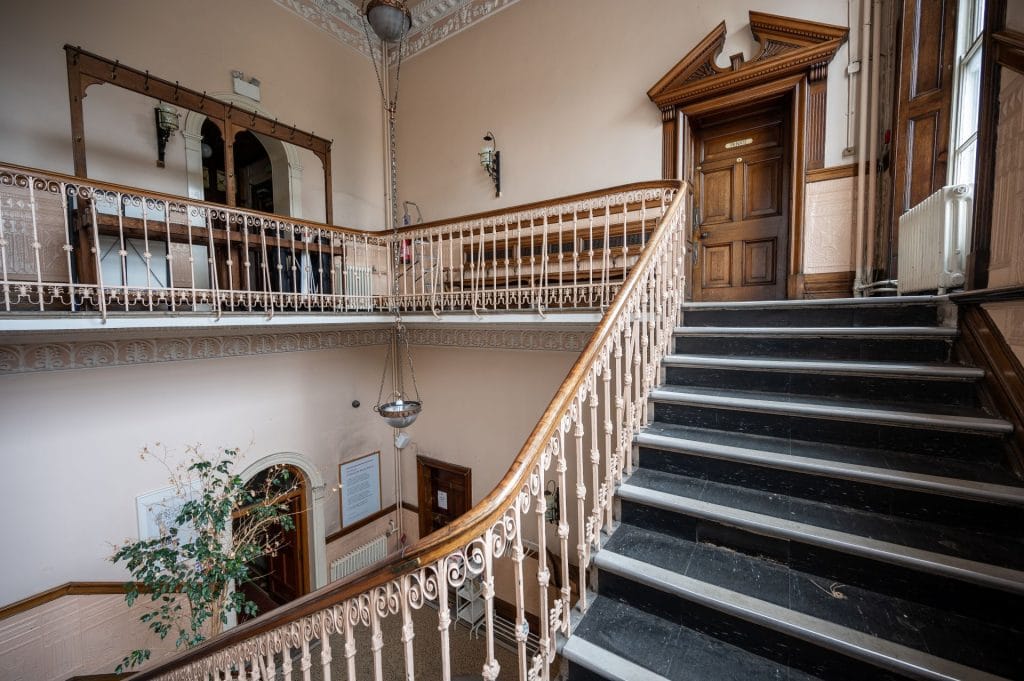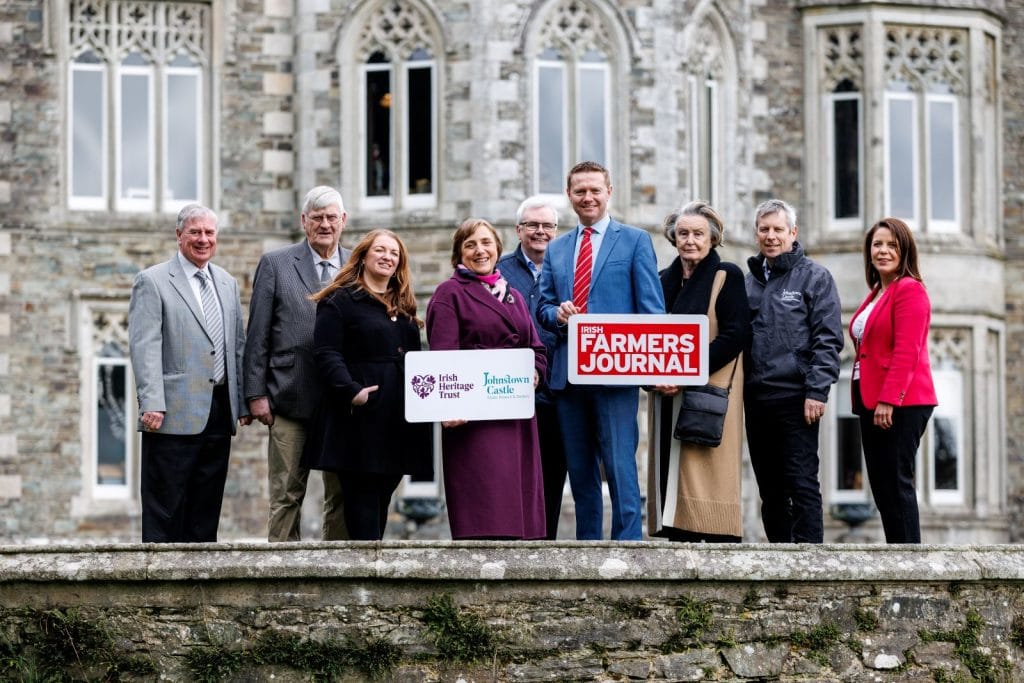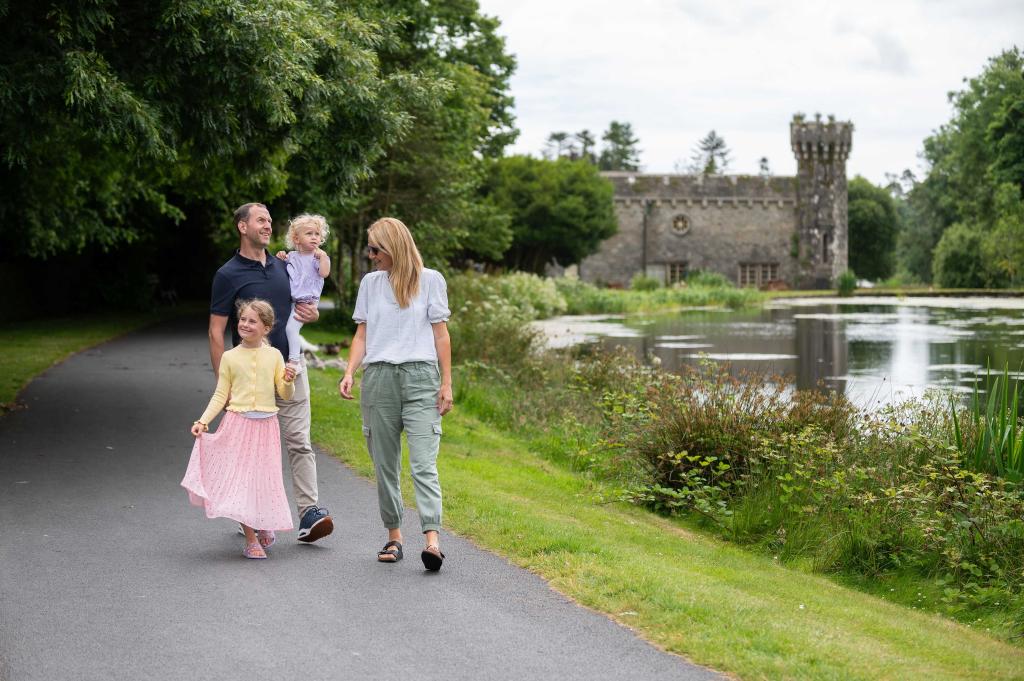15 January 2024
Protecting the Brown Long-eared Bats at Fota House
A roofing project is a major undertaking in any house, so imagine what might be involved in reroofing a large heritage property such as Fota House. Balancing the functional needs of the house with the preservation of its historical authenticity takes planning and the focus is not only on flashing, slates and insulation. There are also environmental sustainability and biodiversity considerations, including some interesting house inhabitants!
Enter the Brown Long-eared Bat.
Fota House and Gardens is not only a cultural visitor attraction in Cork but also a haven for biodiversity. As owners of the property, the Irish Heritage Trust are committed to preserving its rich built heritage and the delicate ecosystems around it.
The Wildlife Act makes it unlawful to disturb a bat or its resting place without a licence from the Habitats Regulations. In addition, the EU Habitats Directive requires that appropriate monitoring be undertaken.
Biodiversity and Conservation
So, prior to initiating any work on the roof, the Irish Heritage Trust commissioned O’Donnell Environmental to work with us. They undertook a survey to determine if bats were roosting at Fota house and help manage our lodgers.
The Brown Long-eared Bats (Plecotus auritus) are nocturnal mammals known for their distinctive long ears and intricate flight patterns. They are the most frequent species of Irish bats and can be found in attics and cracks in buildings. Their preferred habitats are sheltered woodland, parkland, and well-wooded gardens.
They play a crucial role in maintaining ecological balance and need careful consideration around any proposed works involving their habitats.
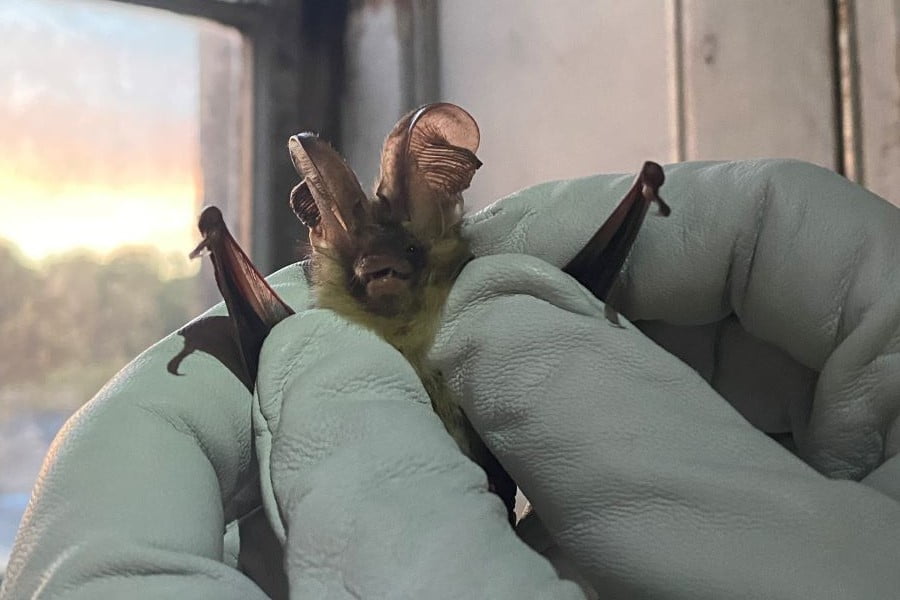
Bat Monitoring
Various surveys of Fota House were undertaken to assess and evaluate the importance of the roof to the bats. These included visual assessments of the building structures along with emergence surveys and bat activity surveys using thermal imaging.
A maternity roost was identified within the attic and upper floor of the main house.
As the roof works necessitate the replacement of parts of the roof, the potential for impact needed to be considered. Avoidance and mitigation measures to address any potential effects on the bats during the works were detailed and a derogation license sought. Working with architects and contractors, the works were planned outside the maternity season to minimise impacts on the maternity roost.
Alternative Accommodation – Bat Boxes
The rehousing of the bats was carried out successfully over several nights in October 2023 before the start of the bats hibernation period. Six artificial bat boxes were erected in the treeline south of Fota House to provide temporary accommodation for the colony.
Roof construction will be completed in early 2024 and the maternity colony rehoused for the next breeding season. We will continue to monitor the bats and repeat surveys will be carried out following the completion of works.
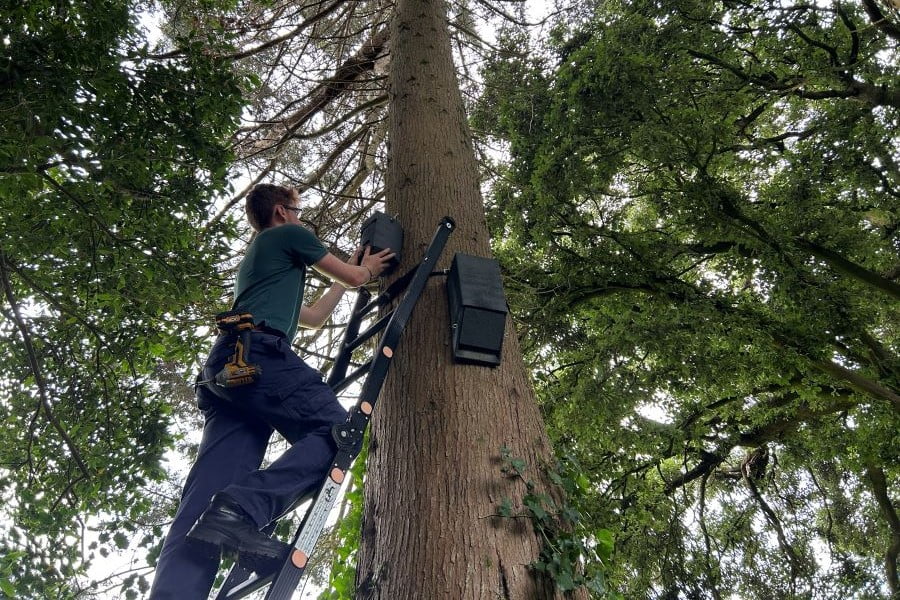
A Sustainable Future for Our Past and Our Planet
By taking proactive steps to protect the Brown long-eared Bats during the roof project, Fota House is a model for harmonising heritage preservation and biodiversity conservation. Our dedication to safeguarding the ecosystems at the properties in our care goes hand-in-hand with our commitment to preserving their historical legacy.
The success of this project to date proves that with careful planning and stakeholder involvement, we can build a sustainable future for both our past and our planet.
We acknowledge all those who are playing a part in this important work and look forward to sharing further updates.
Environmental Consultants O’Donnell Environmental
Roof Project Architects JCA Architects
Project Funding Department of Housing, Local Government & Heritage
Construction Summerhill Construction
Did you know!
Johnstown Castle Estate in Wexford is home to one of the largest colonies of Soprano Pipistrelle bats in Ireland. The tower near the Irish Agricultural Museum serves as a nursery roost each spring for a population of over 700 bats. Daubenton’s bats can also be seen skimming the waters of the Johnstown Castle Estate lakes.

